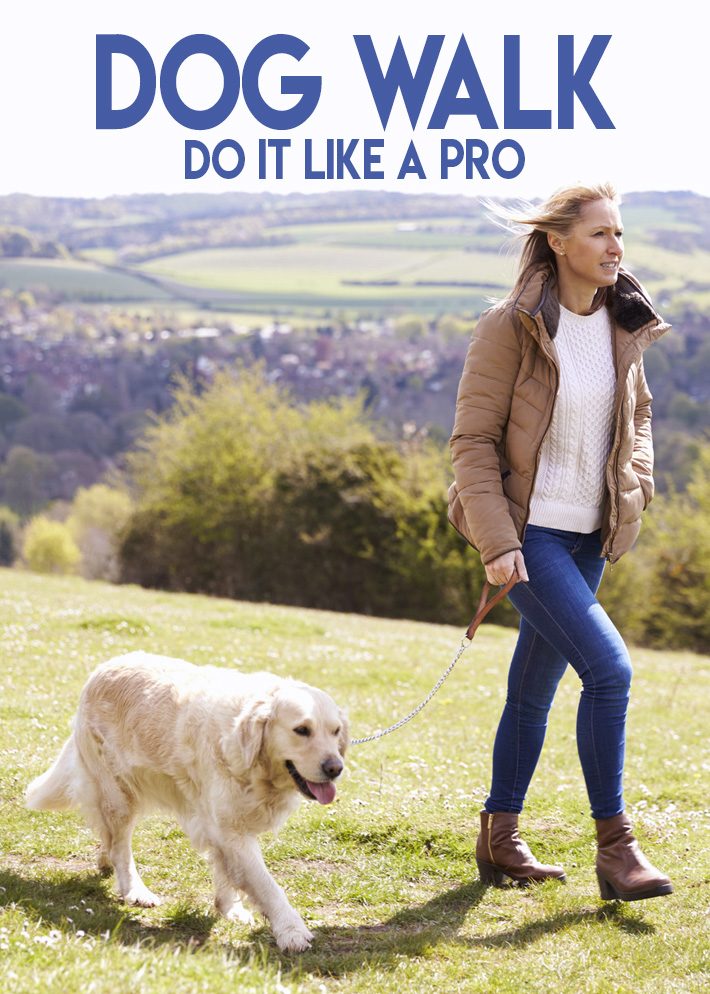
Walking your dog the right way reinforces that you (human) are the pack leader. Walk your dog, do not let your dog walk you. If you allow your dog to walk in front of you while on a lead you are reinforcing in the dog’s mind that the dog is alpha over you because the leader always goes first. This can lead to many behavioral issues that some regard as a “breed trait” or “personality,” when actually it is your dog being in charge of its humans.
When a dog walks in front, it does not drain its mental energy. The dog is not relaxed, as it has the big responsibility of leading the pack. This mental anguish can build up inside of a dog. When a dog is hyper or high-strung it means the dog is not getting the proper amount and/or type of exercise.
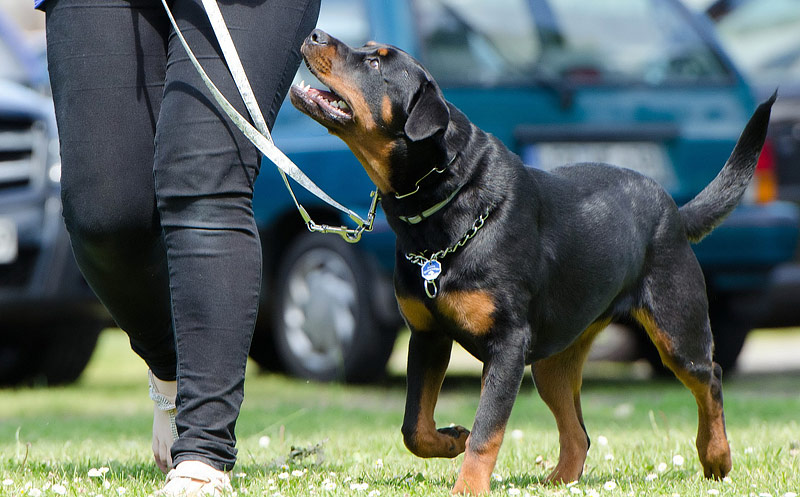
If your dog runs laps around your yard or house, this is an indication that it is not getting enough exercise. If you are going off to work for the day, the dog should be walked before you leave the house. This will put the dog into a resting mode during the time you are gone. Dogs should also be walked before eating, fulfilling the dog’s instinct to work for food.
The most important thing you can do for your dog is to be a powerful pack leader and the fastest way to do that is with The Walk.
6 Tips for Mastering the Dog Walk
Here are 6 dog training tips on how to walk your dog and master the dog walk. When I’m out with my dog pack, I often walk about ten dogs at a time, sometimes even off-leash if I’m in a safe area. People are amazed by this, but it’s simple: the dogs see me as their pack leader. This is why dogs follow me wherever I go.
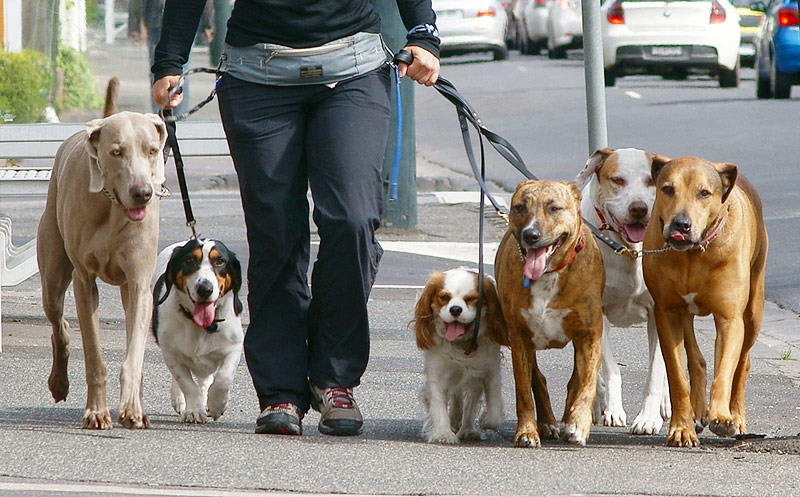
1. Walk in front of your dog.
Walking in front of your dog allows you to be seen as the pack leader. Conversely, if your dog controls you on the walk, he’s the pack leader. You should be the first one out the door and the first one in. Your dog should be beside or behind you during the walk.
2. Use a short dog leash.
This allows you to have more control. Attaching the leash to the very top of the neck can help you more easily communicate, guide, and correct your dog. If you need additional help, . Always keep your dog’s safety in mind when giving corrections.
3. Give yourself enough time for the dog walk.
Dogs, like humans, are diurnal, so taking walks in the morning is ideal. I recommend setting aside thirty minutes to a full hour. The specific needs of each dog differ. Consult your vet and keep an eye on your dog’s behavior to see if his needs are being met.
4. Reward.
After your dog has maintained the proper state of mind, reward him by allowing him to relieve himself and sniff around. Then you need to decide when reward time is over. It should always be less than the time spent focused on the walk.
5. Keep leading, even after the walk.
When you get home, don’t stop leading. Have your dog wait patiently while you put away his leash or take off your shoes.
6. Reward your dog after the walk.
By providing a meal after the walk, you have allowed your dog to “work” for food and water.
And don’t forget to set a good example by always picking up after your dog!
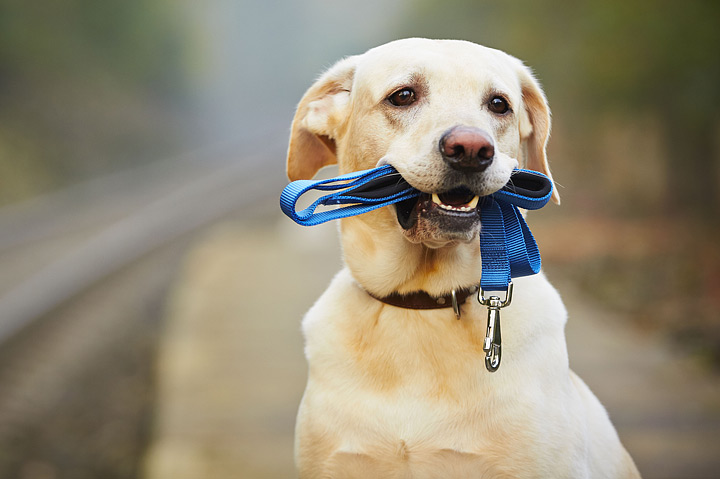
Please follow us on Pinterest and enjoy our collection of recipes, crafts, fitness, health tips, gardening, DIY and more…
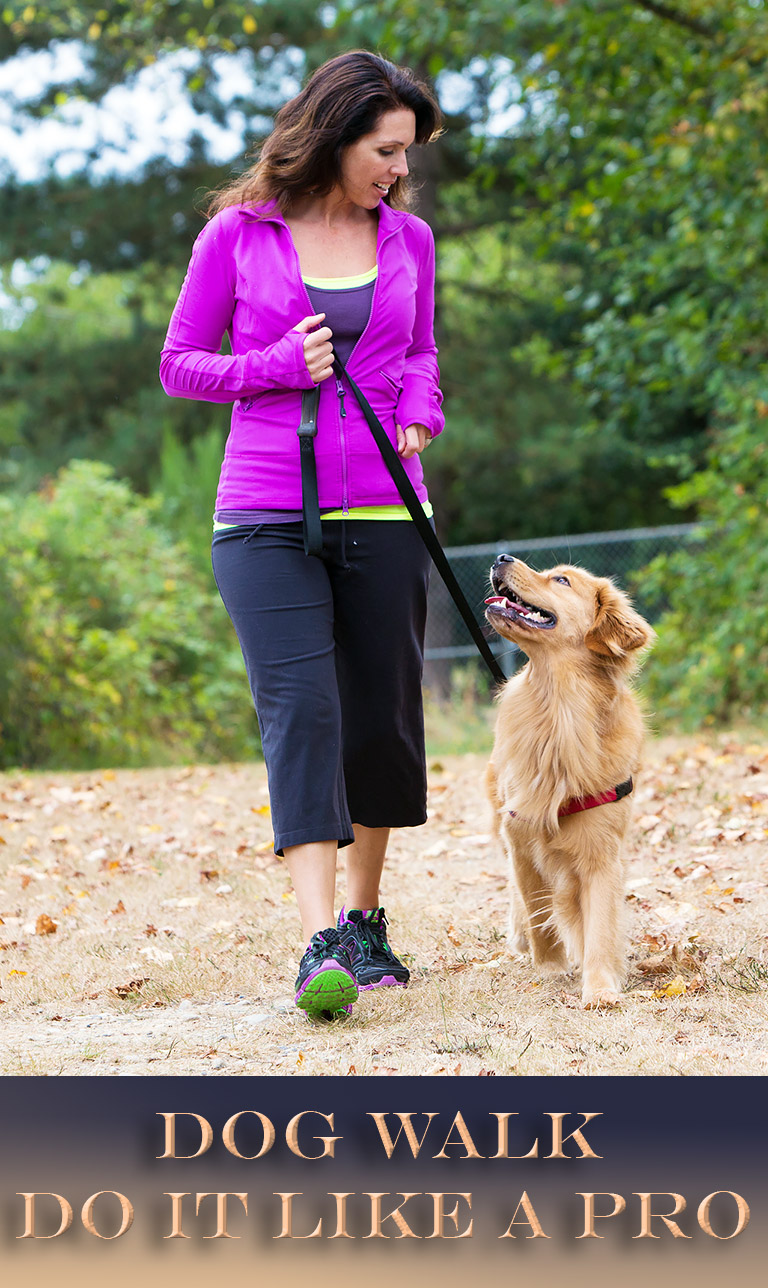


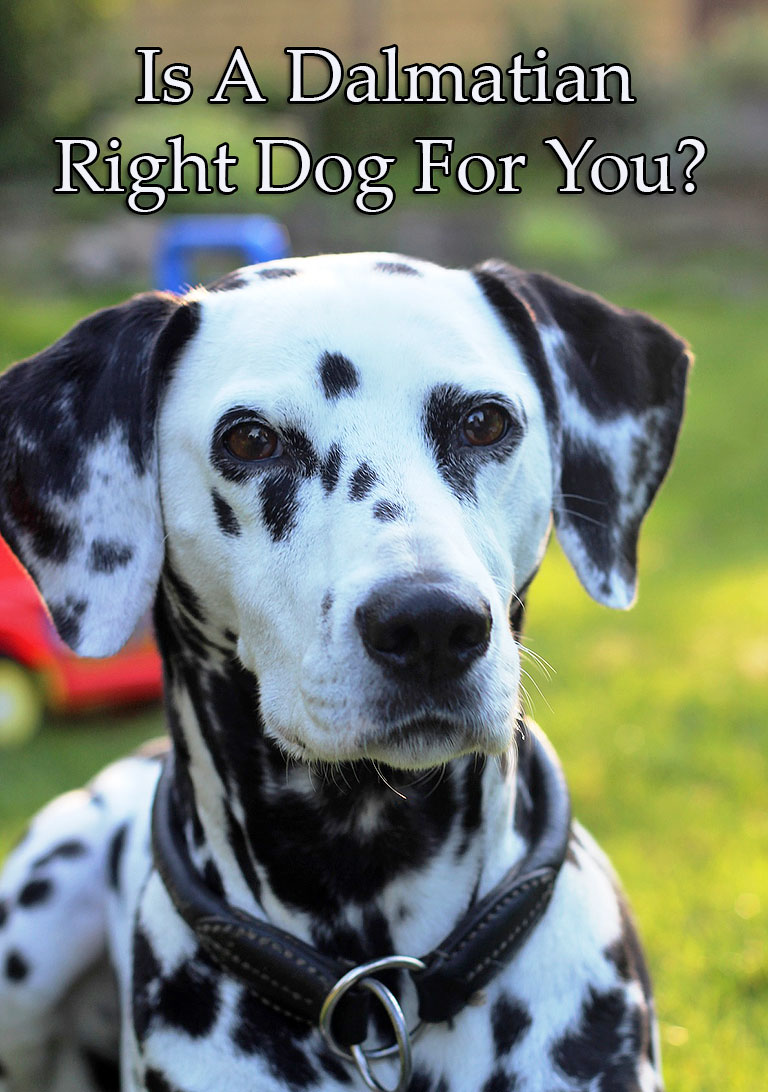
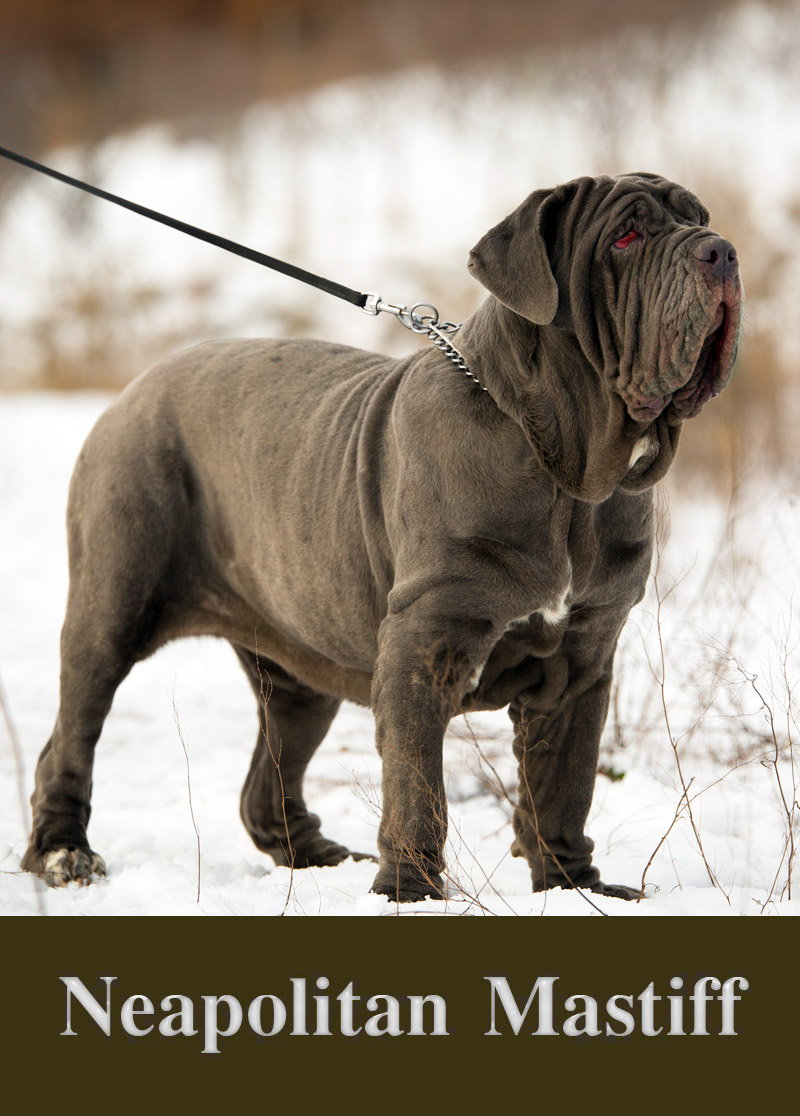
Leave a Reply